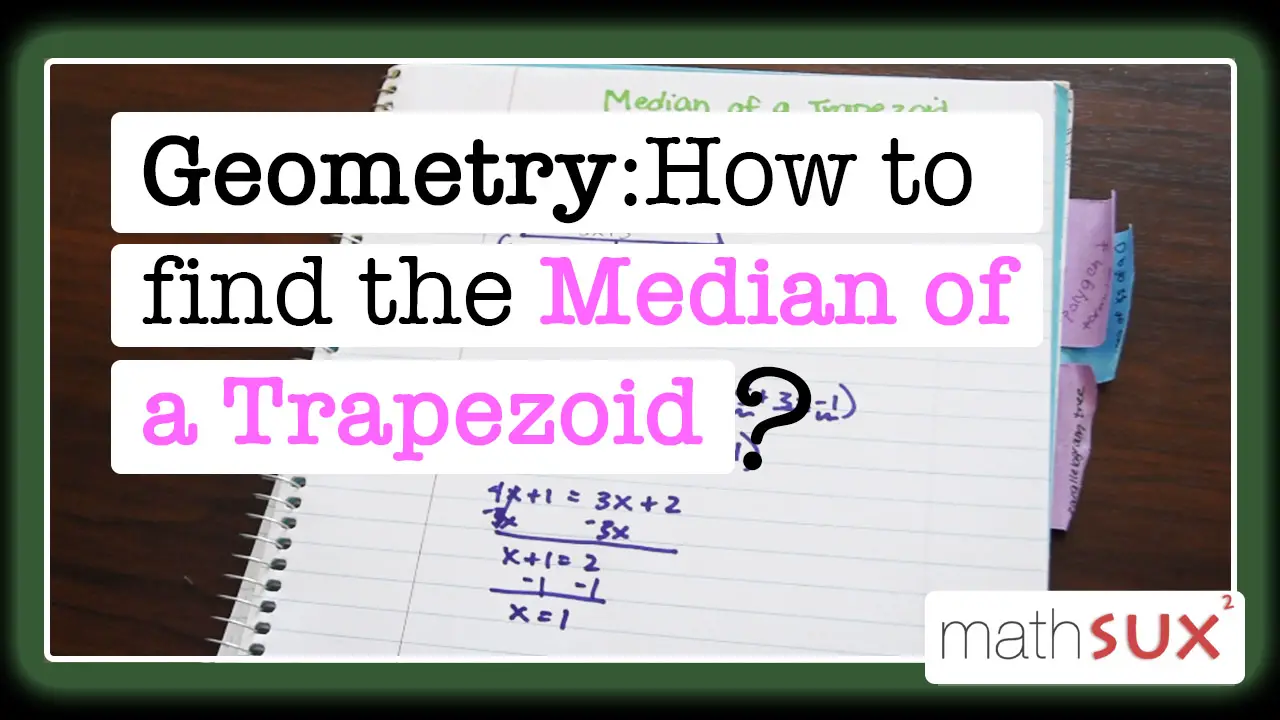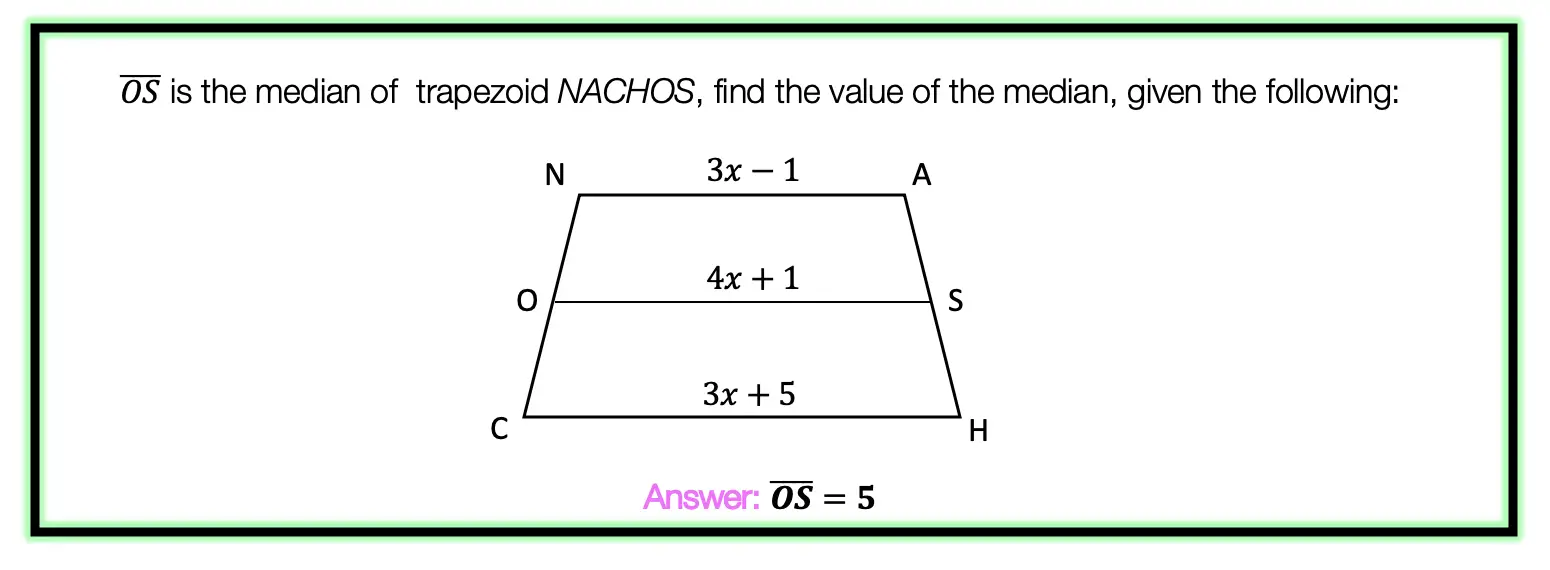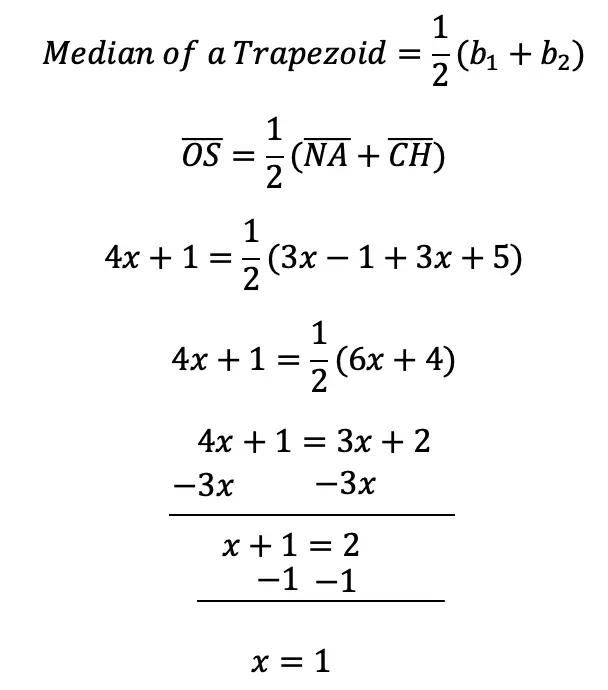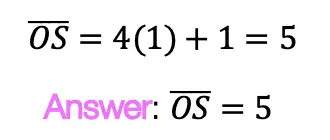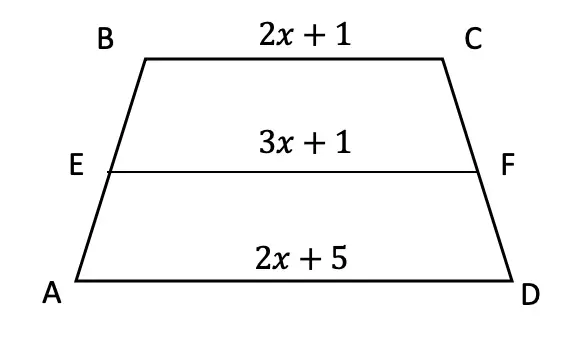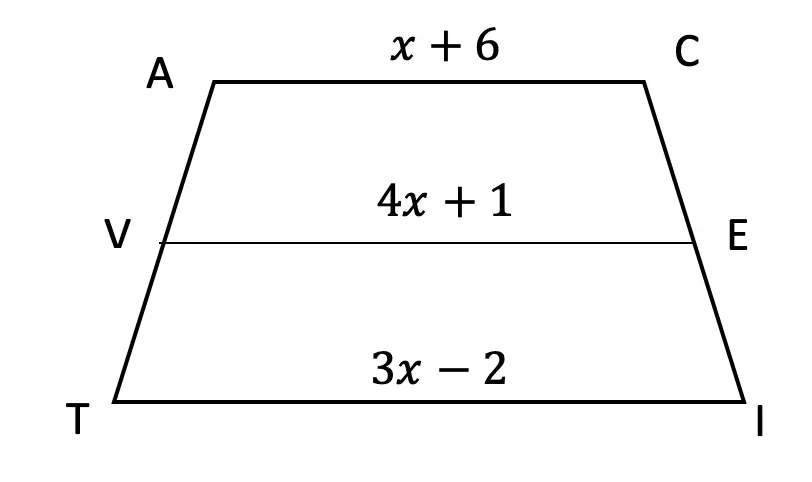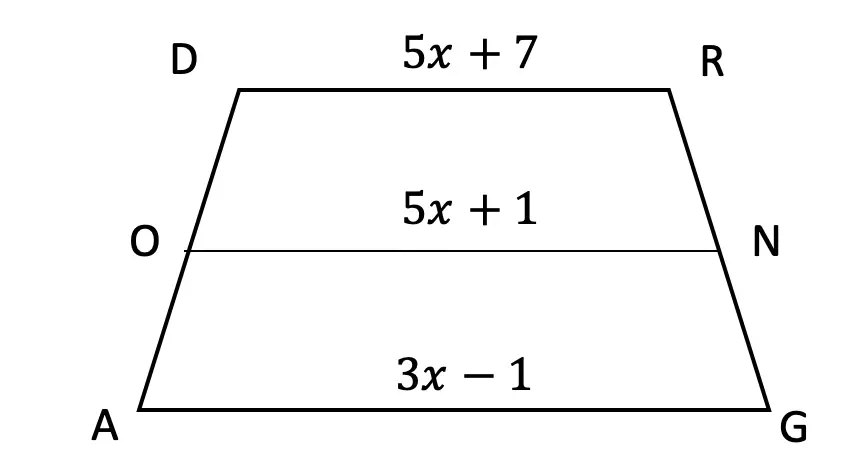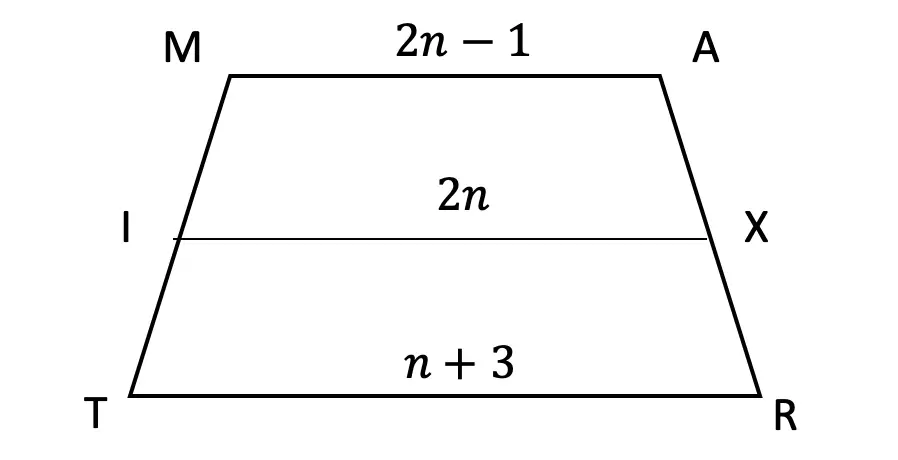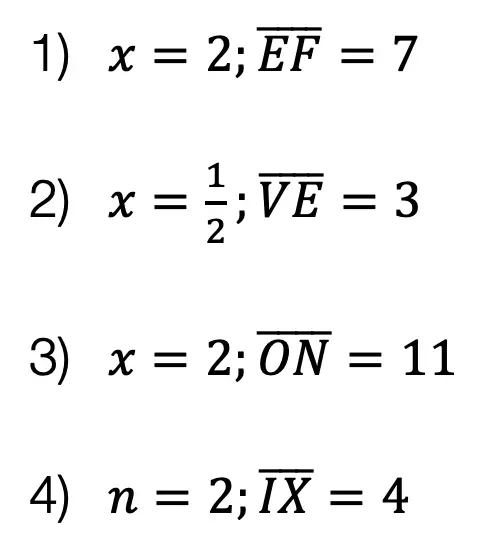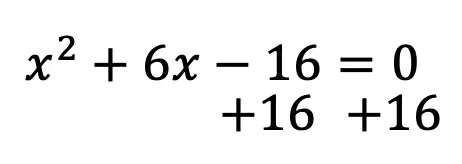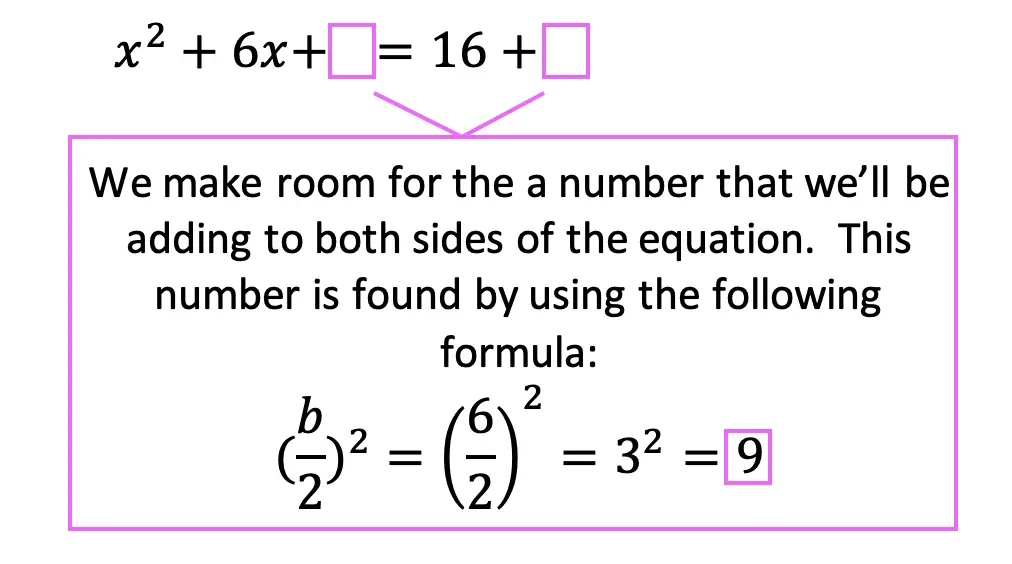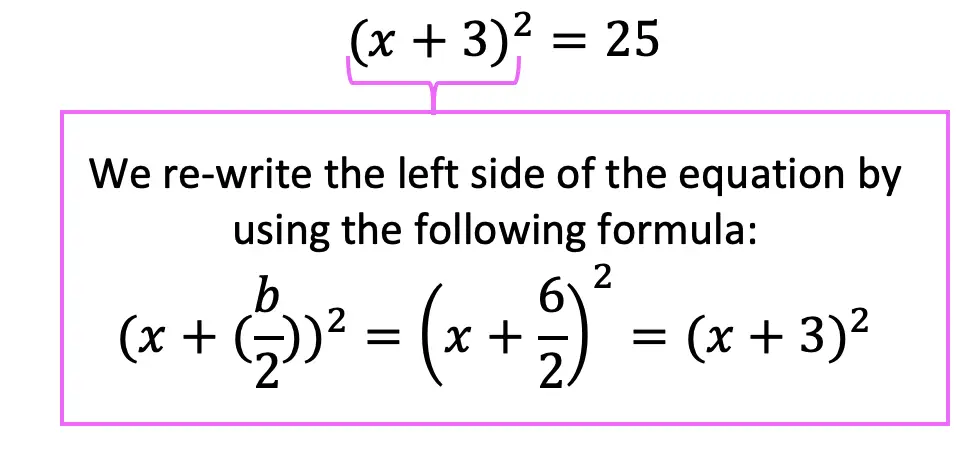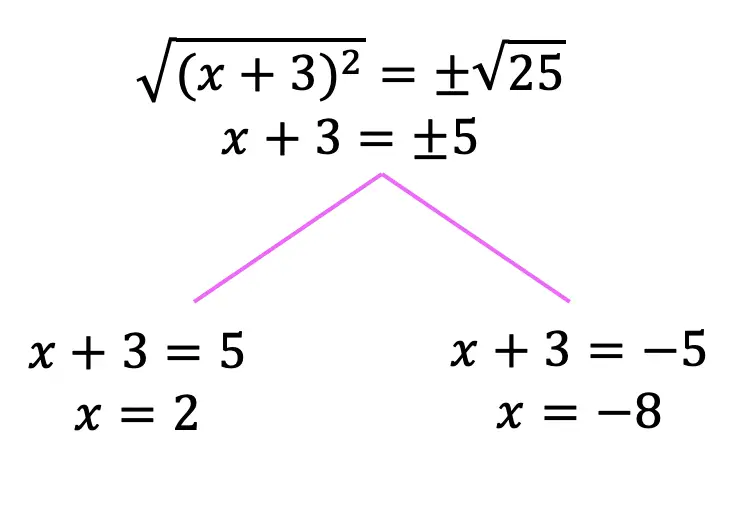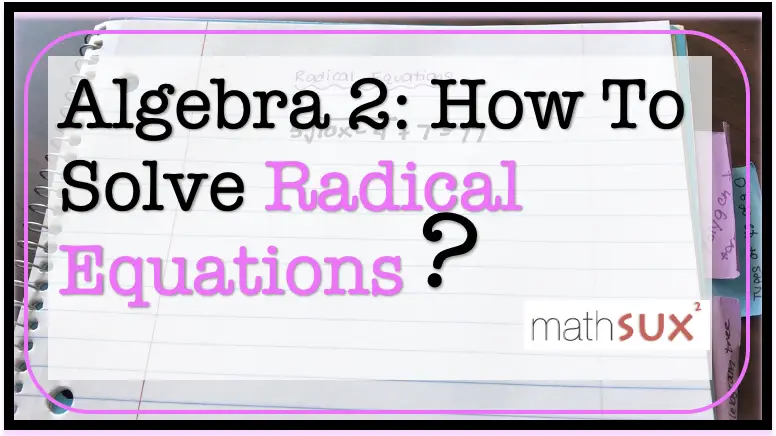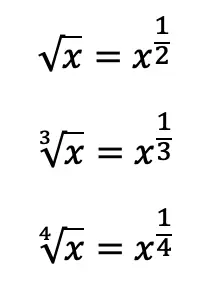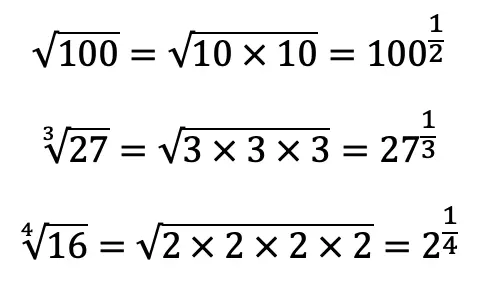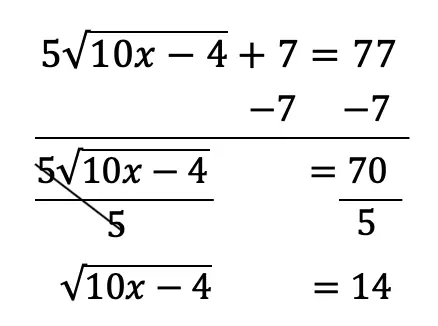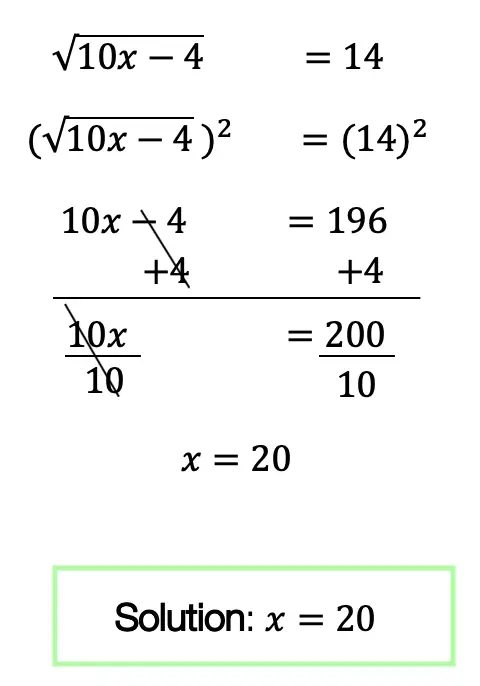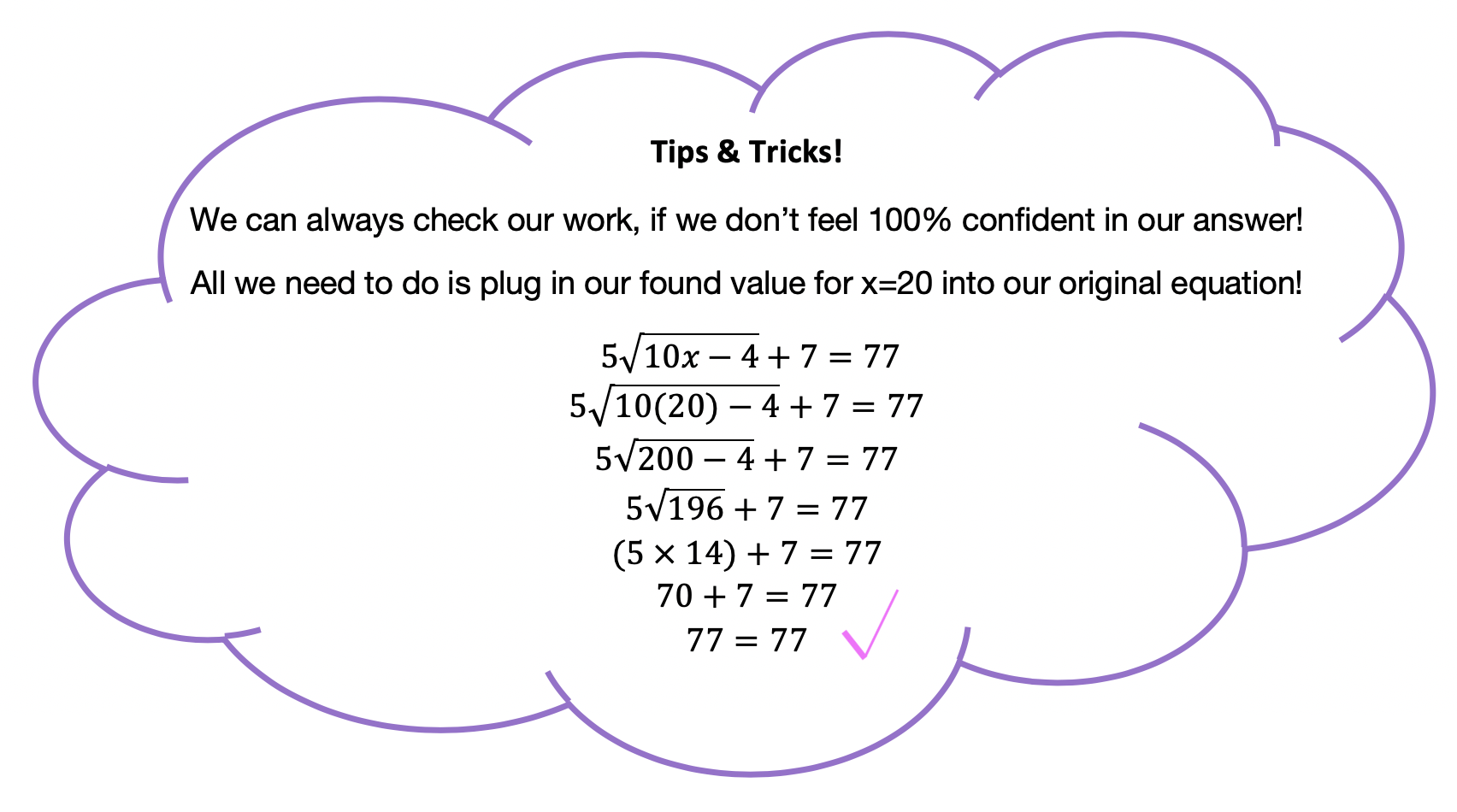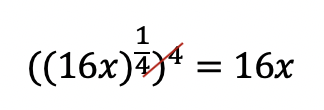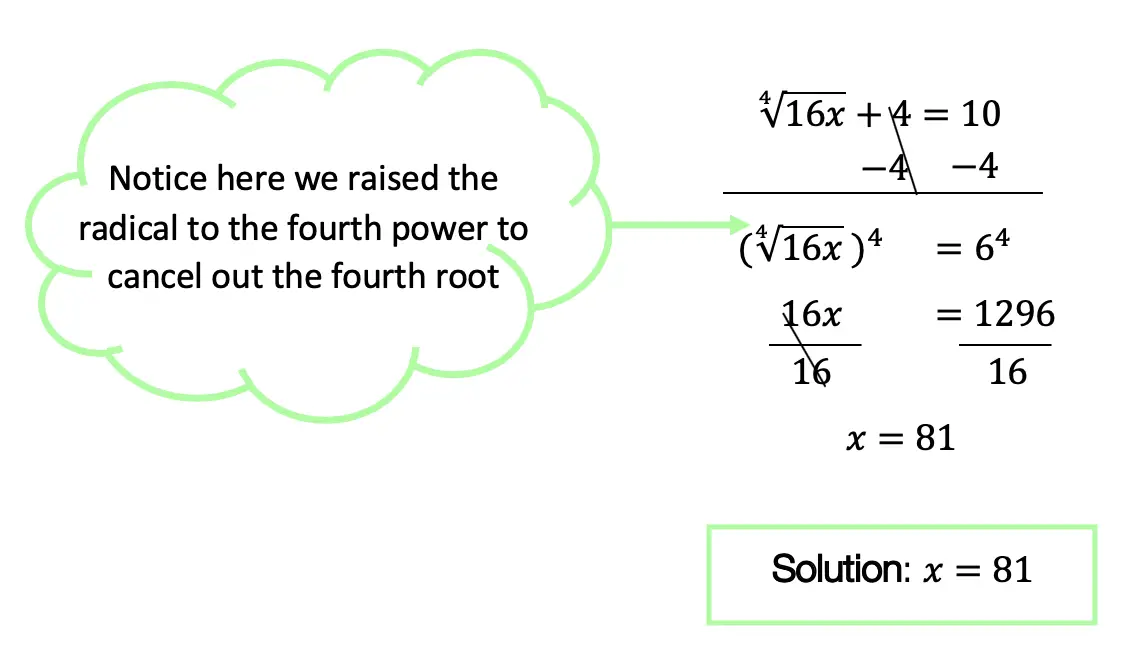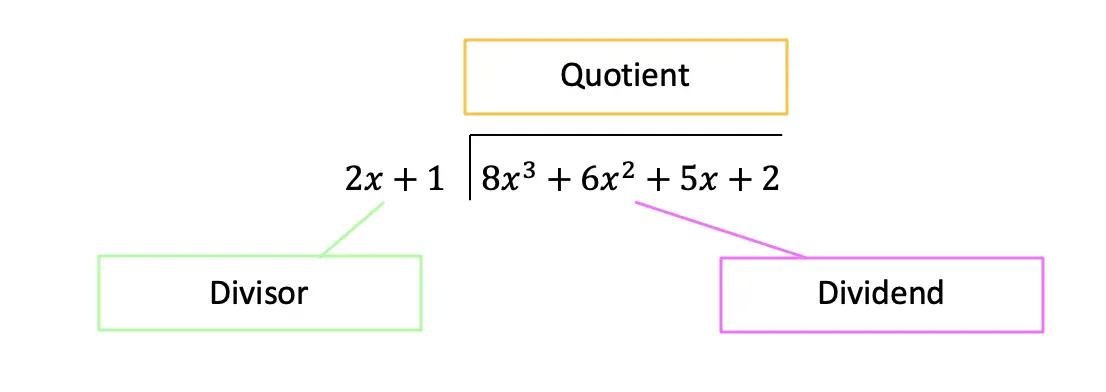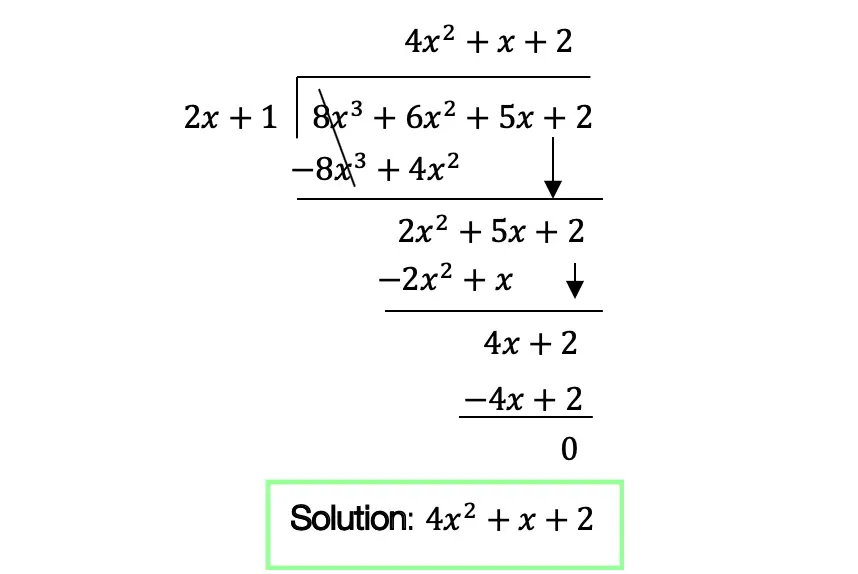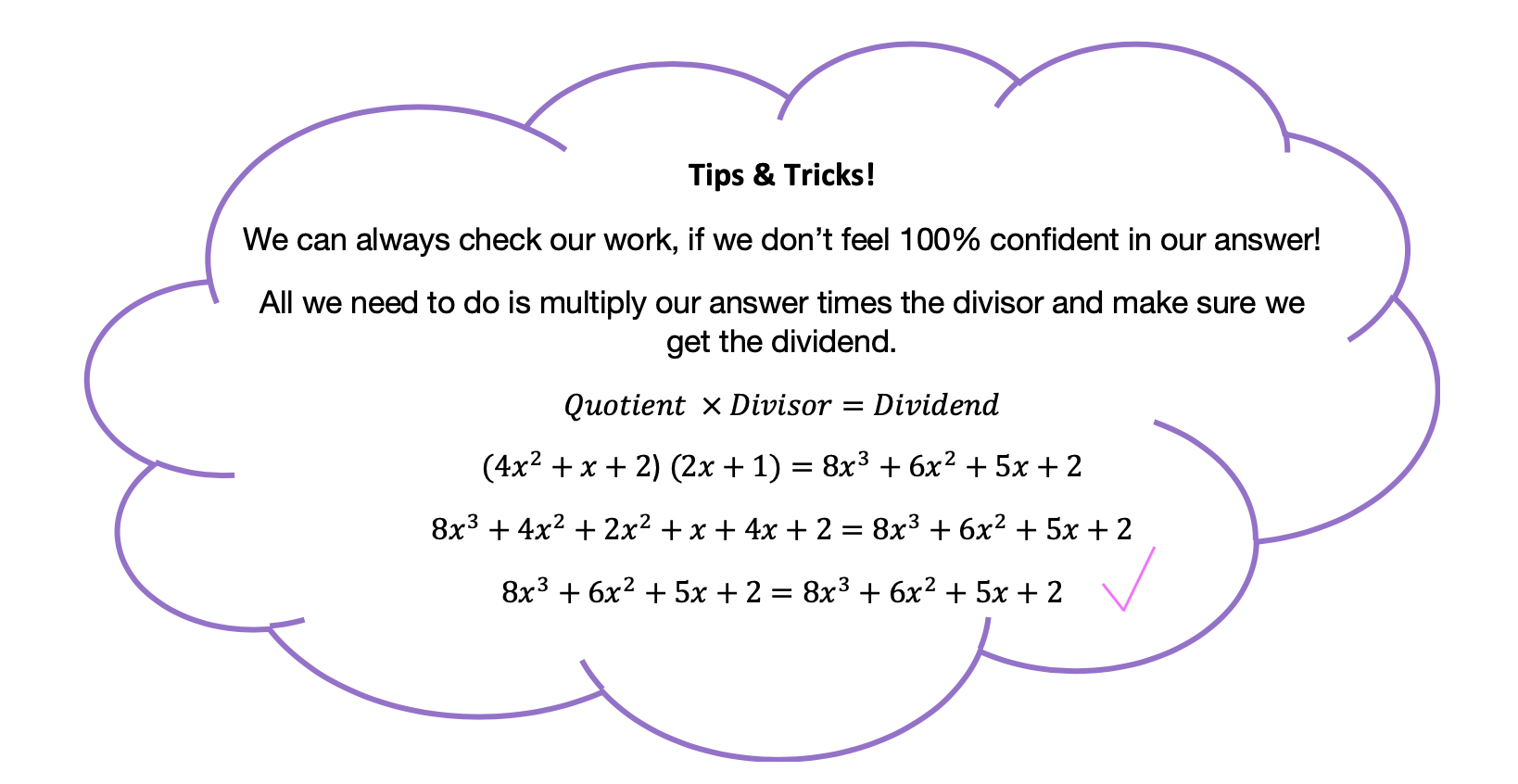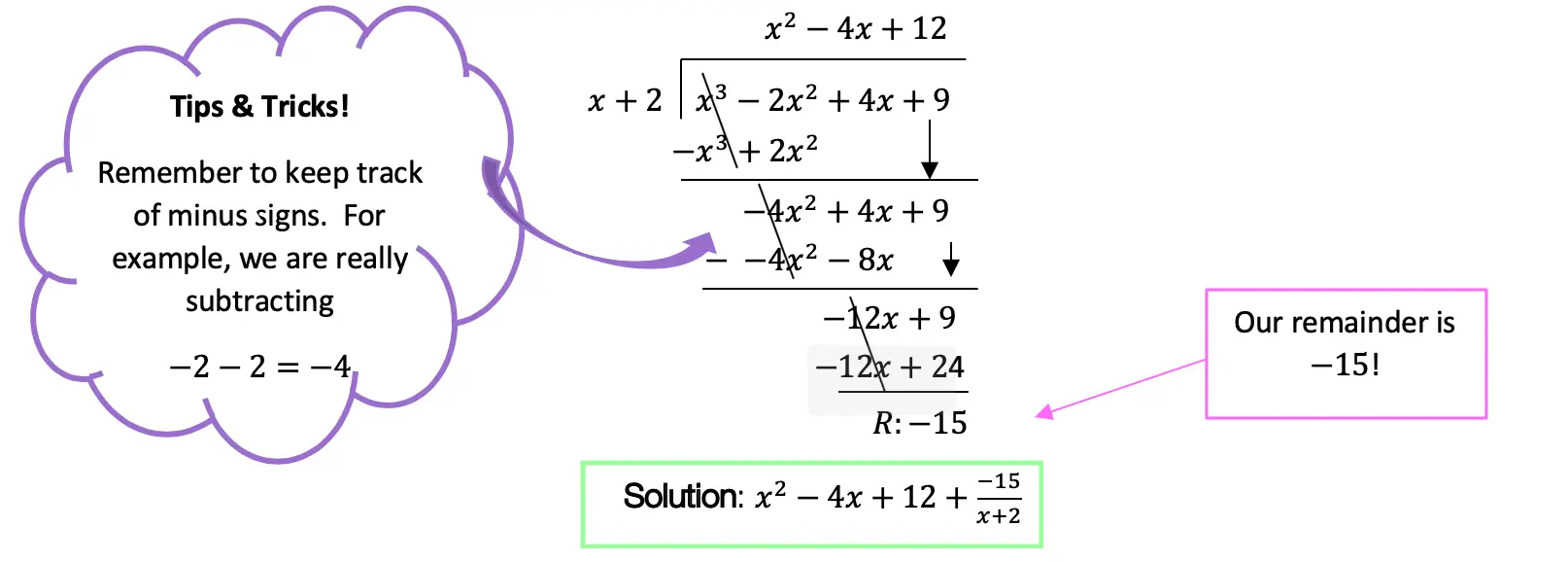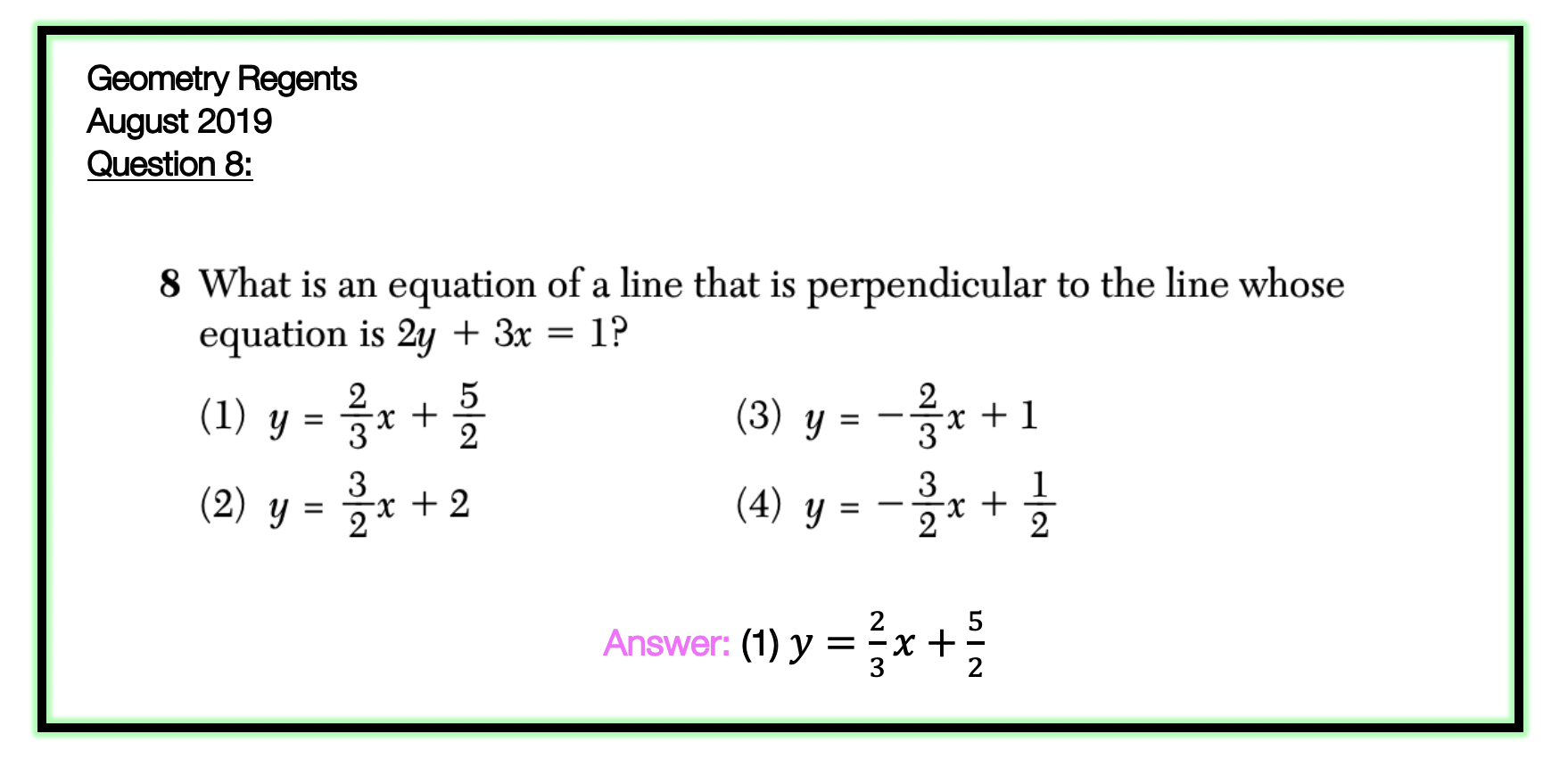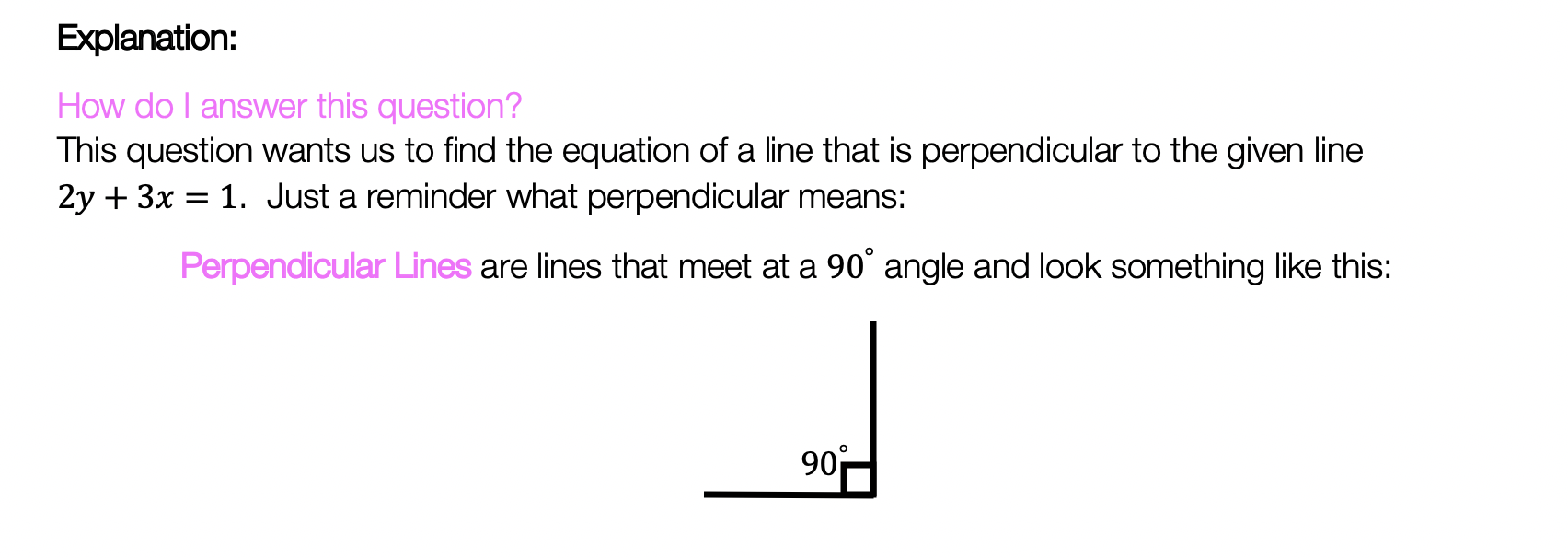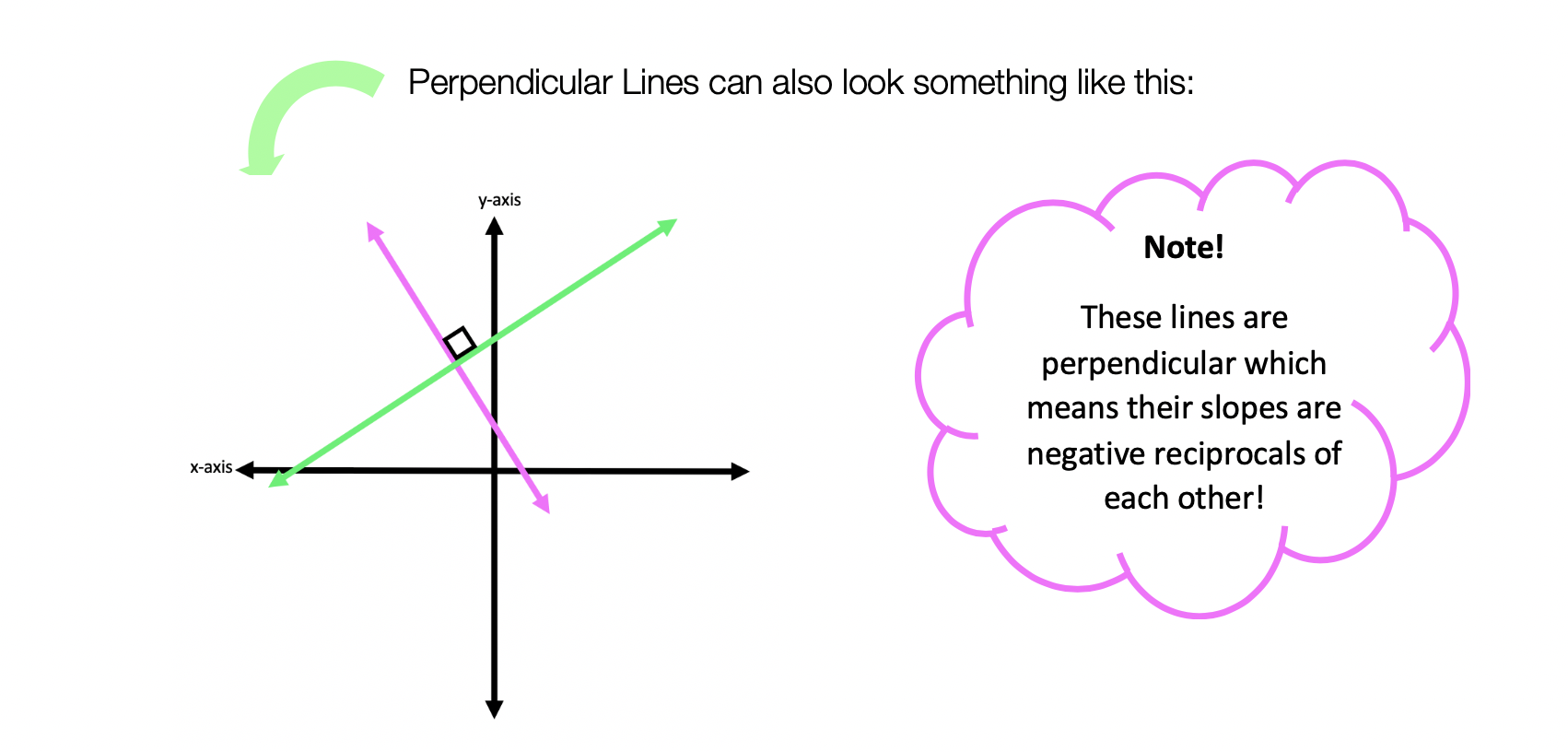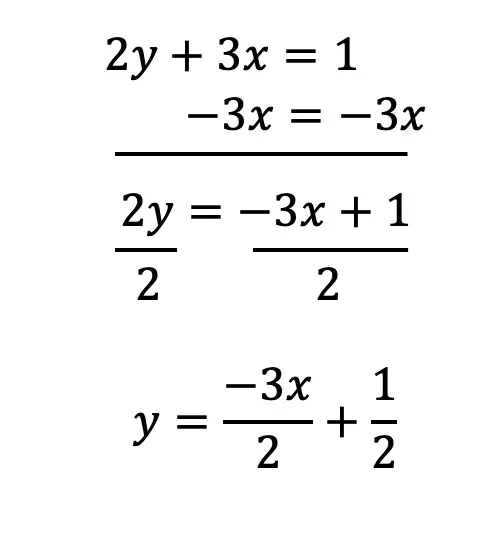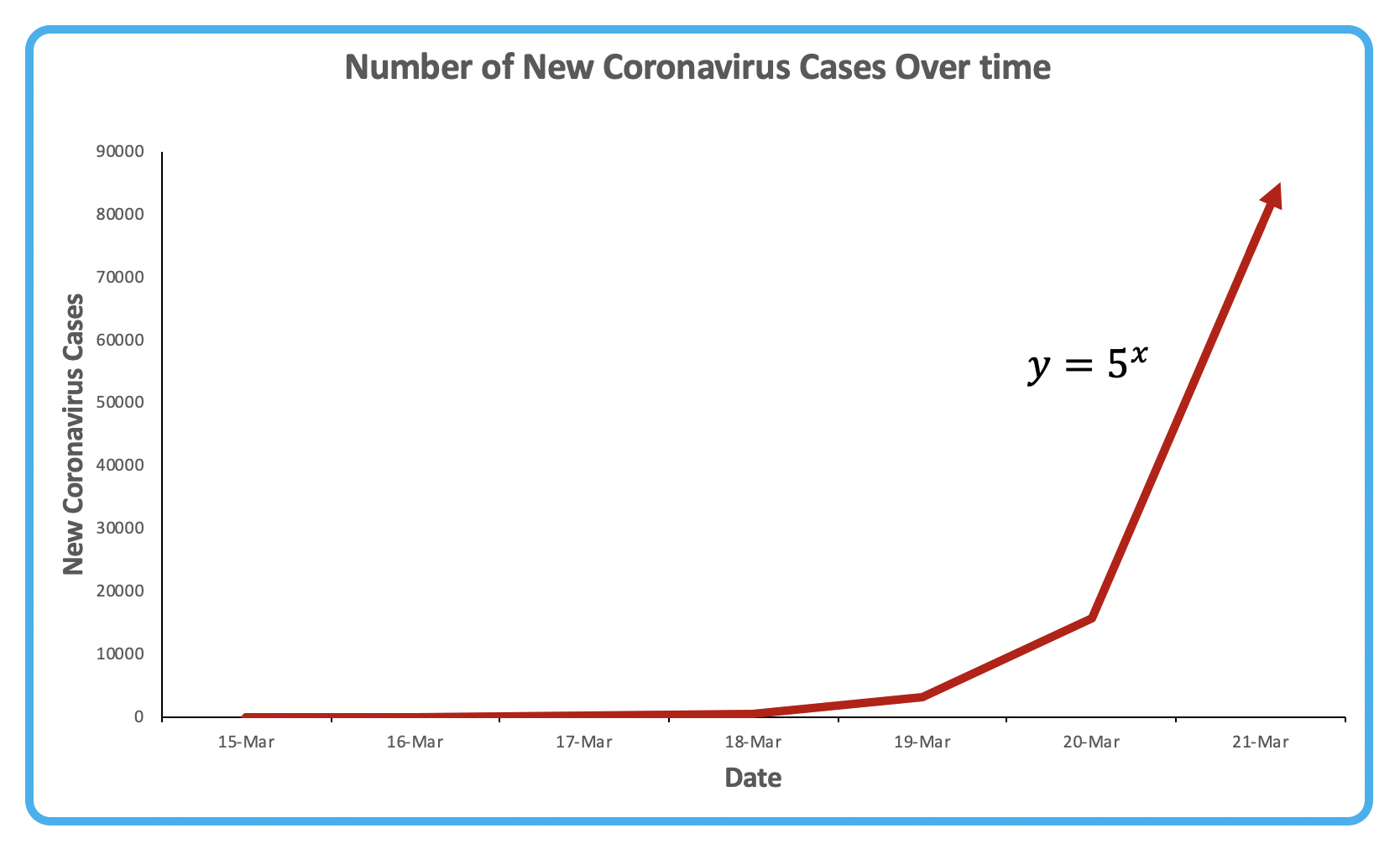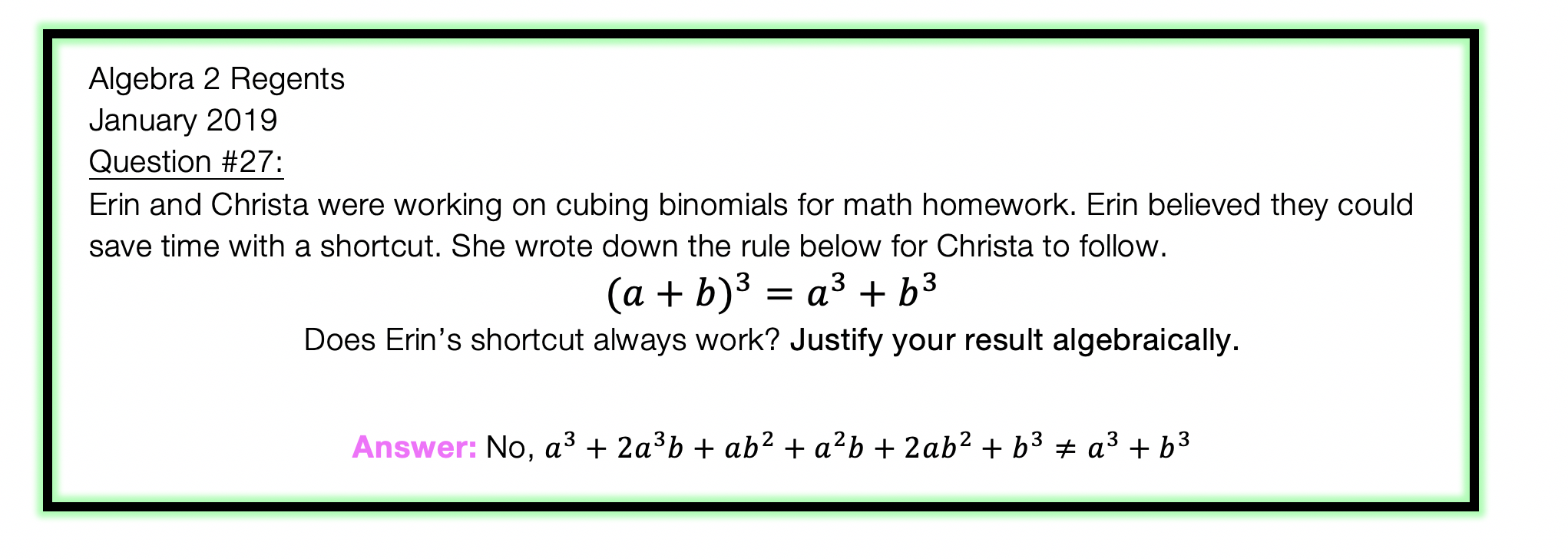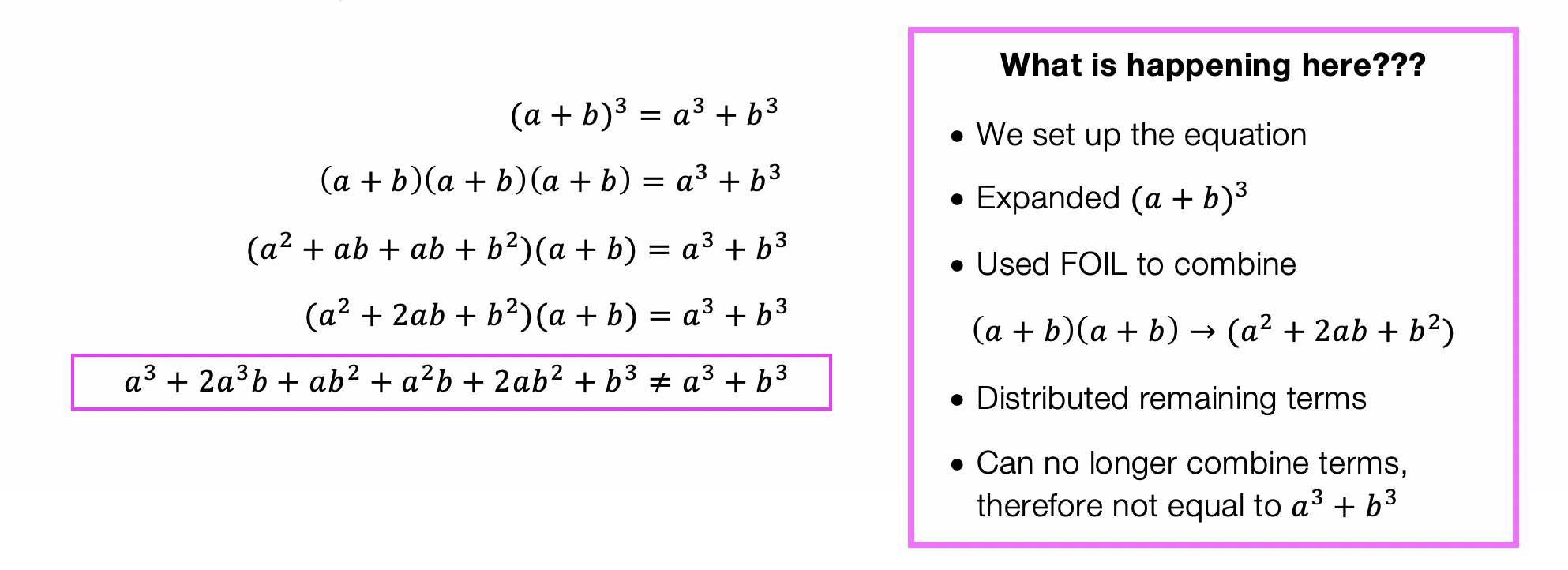Greeting math peeps and welcome to MathSux! In this post, we are going to go over 4 ways to Factor Trinomials and get the same answer, including, (1) Quadratic Formula (2) Product/Sum, (3) Completing the Square, and (4) Graphing on a Calculator. If you’re looking for more don’t forget to check out the video and practice questions below. Happy Calculating! 🙂
Also, if need a review on Factor by Grouping or Difference of Two Squares (DOTS) check out the hyperlinks here!
*If you haven’t done so, check out the video that goes over this exact problem, and don’t forget to subscribe!
We will take this step by step, showing 4 ways to factor trinomials, getting the same answer each and every time! Let’s get to it!
4 Ways to Factor Trinomials

(1) Quadratic Formula:
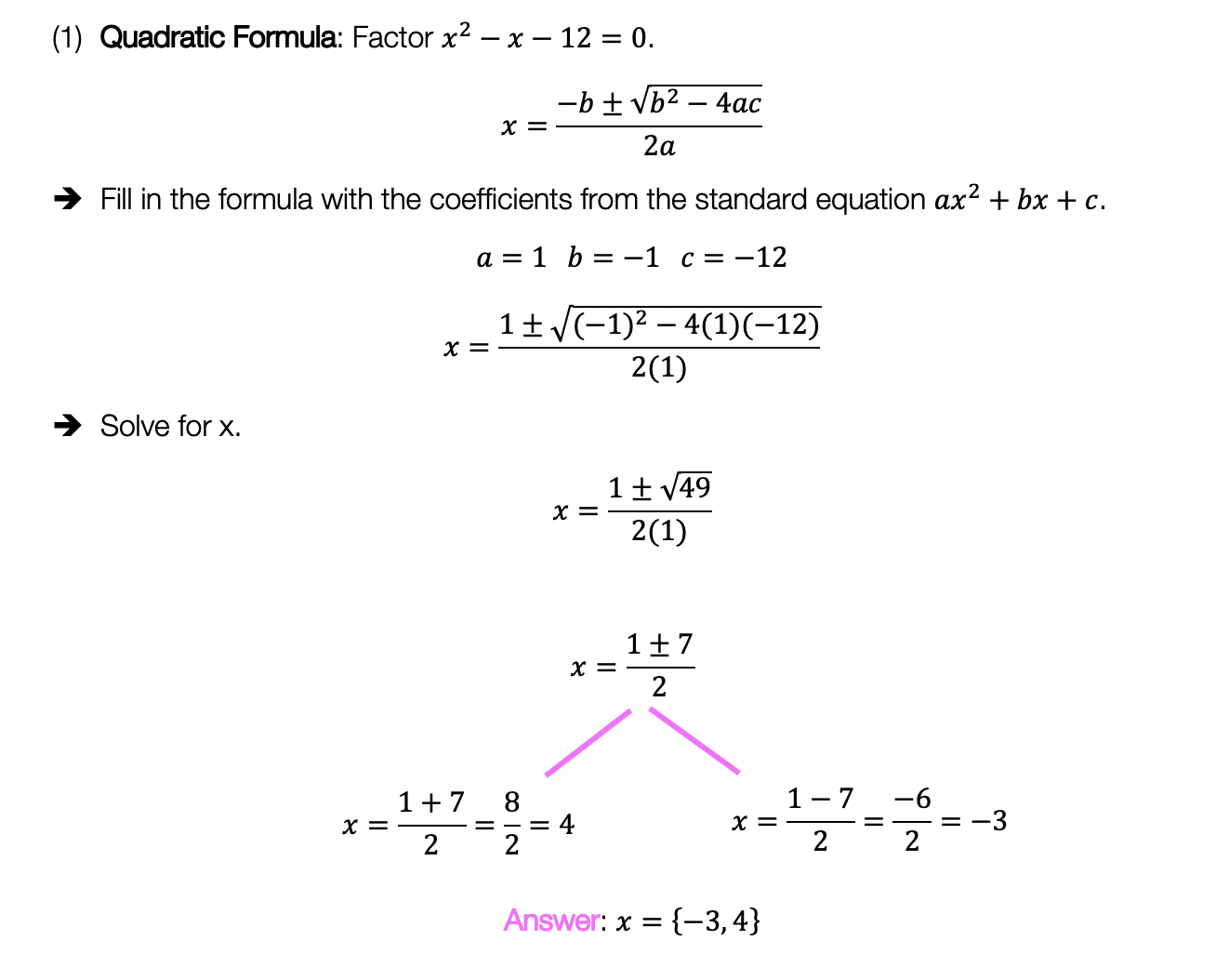
____________________________________________________________________
(2) Product/Sum:
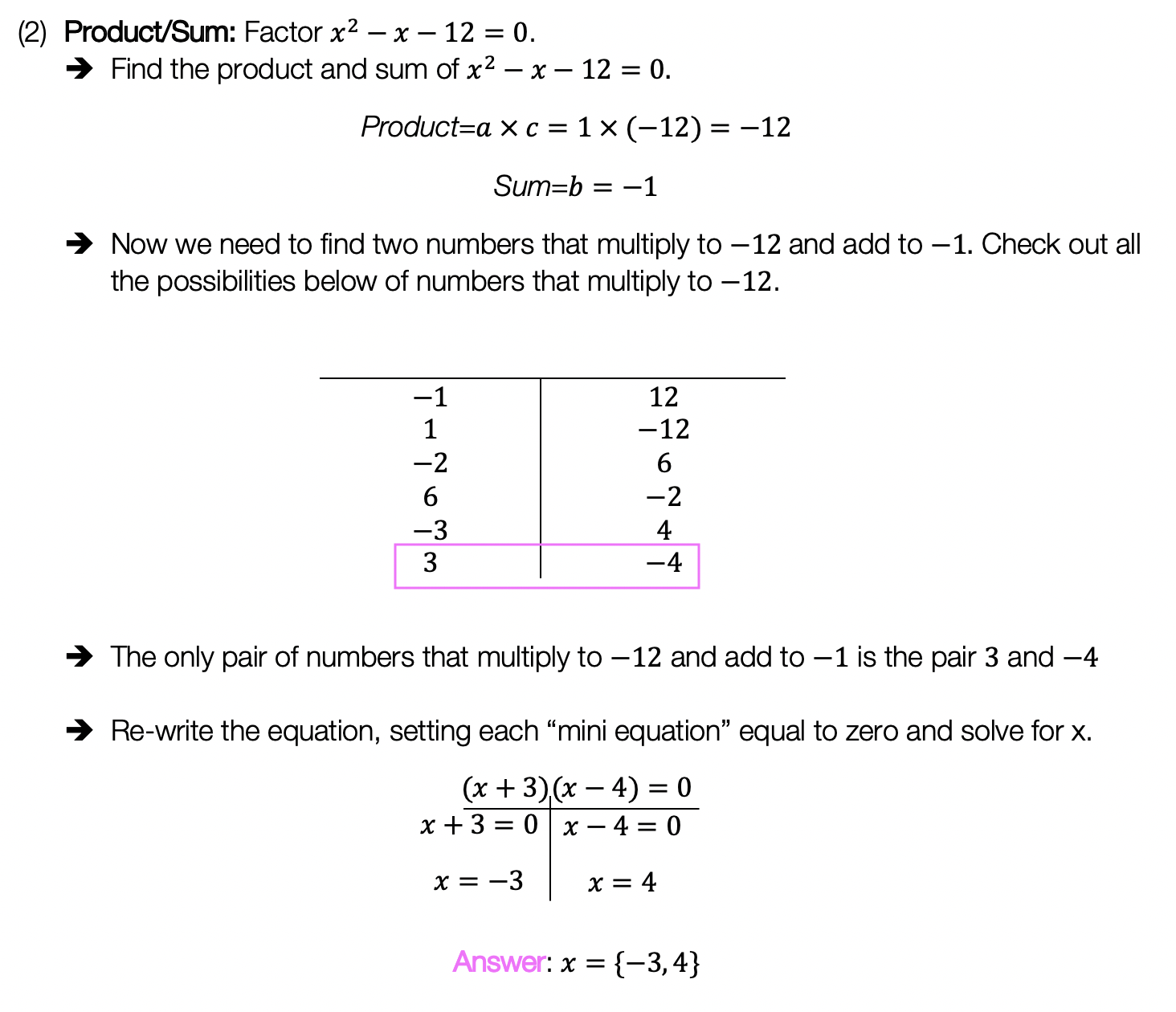 ____________________________________________________________________
____________________________________________________________________
(3) Completing the Square:
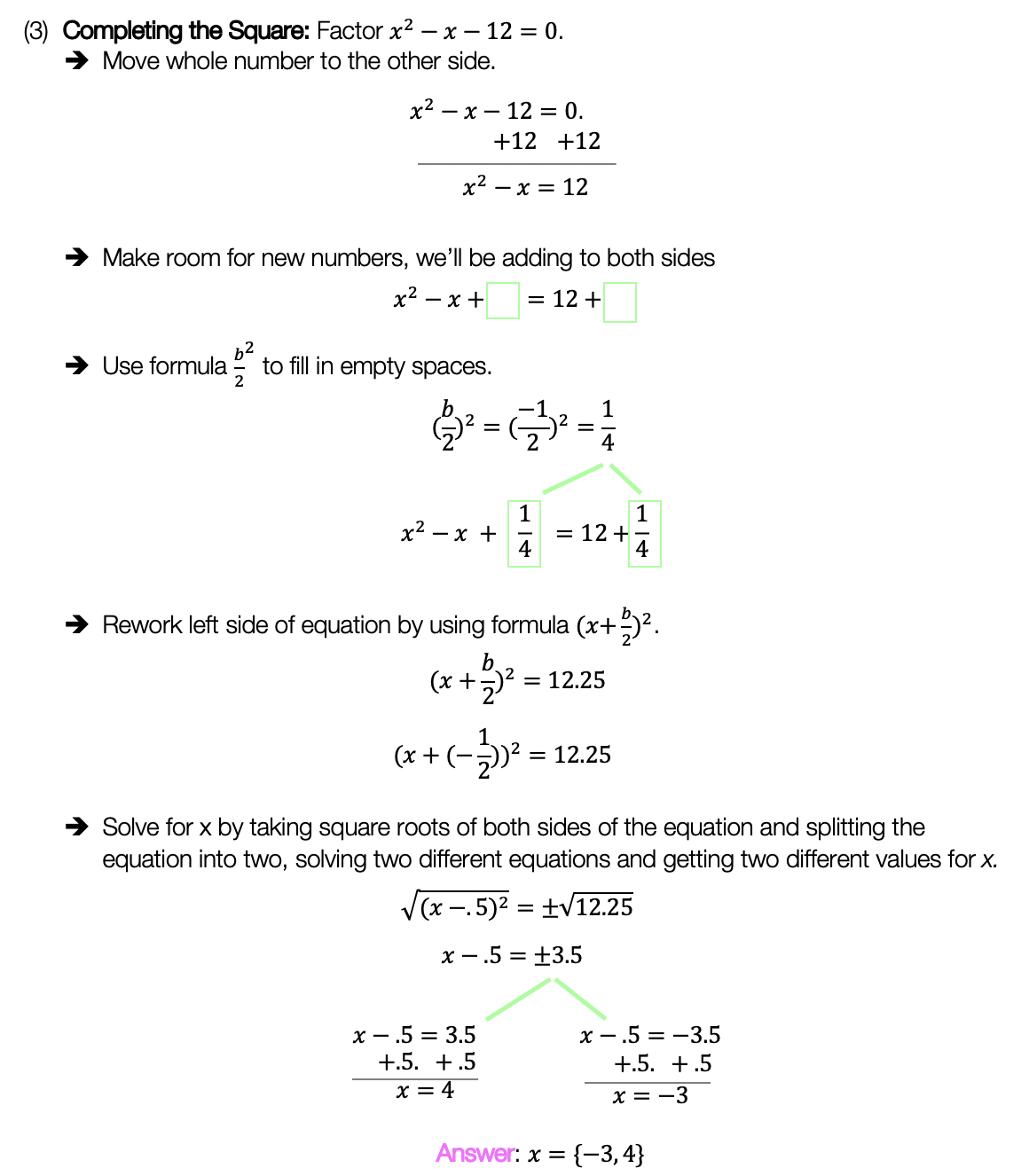 ____________________________________________________________________
____________________________________________________________________
(4) Graph:
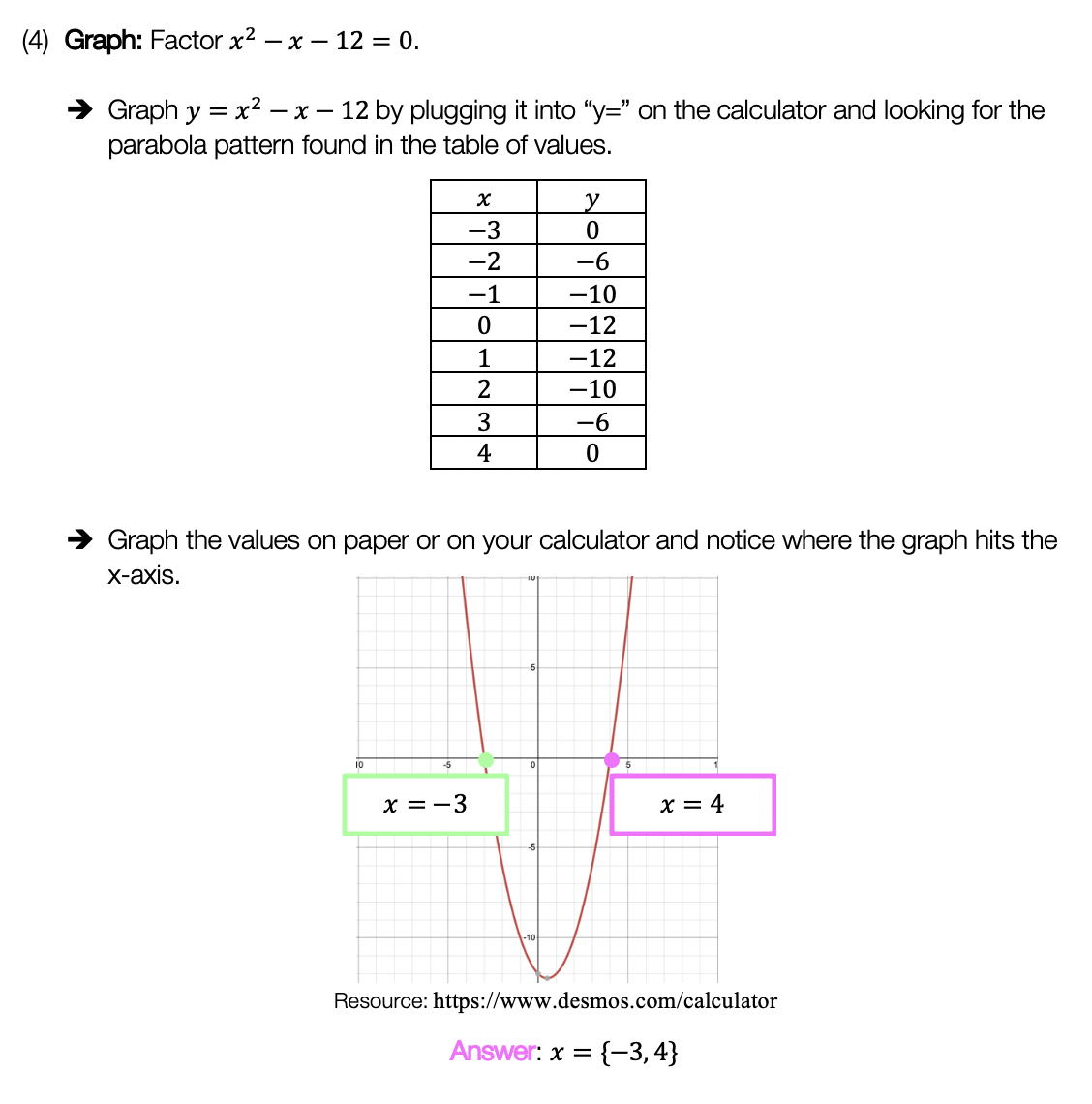
Choose the factoring method that works best for you and try the practice problems on your own below!
Practice Questions:

Solutions:

Want a review of all the different factoring methods out there? Check out the ones left out here (DOTS and GCF) and happy calculating! 🙂
For even more ways to factor quadratic equations, check out How to factor by Grouping here! 🙂
Looking for more on Quadratic Equations and functions? Check out the following Related posts!
Quadratic Equations with 2 Imaginary Solutions
Focus and Directrix of a Parabola
Also, if you want more Mathsux? Don’t forget to check out our Youtube channel and more below! If you have any questions, please don’t hesitate to comment below. Happy Calculating! 🙂

